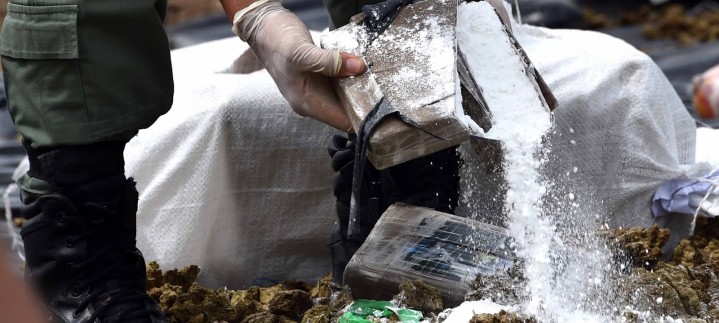Costa Rica has been identified by the United States as a significant transshipment hub for cocaine. Despite the country’s considerable efforts to collaborate with the U.S. in addressing this issue, it remains a persistent challenge.
The Strategic Report on International Narcotics Control, an annual publication, was recently released, listing Costa Rica among 22 countries recognized for high drug trafficking or production. Other nations on this list include the Bahamas, Belize, Bolivia, Colombia, Ecuador, El Salvador, Guatemala, Haiti, Honduras, Jamaica, Mexico, Nicaragua, Panama, Peru, the Dominican Republic, Venezuela, Afghanistan, Myanmar, India, Laos, and Pakistan.
With its extensive maritime territory and historically underfunded security sector, Costa Rica is an attractive destination for storing and transporting illicit drugs. The increased presence of drugs in the country has also led to a rise in local drug consumption. This situation may be a contributing factor to Costa Rica experiencing its most violent year on record, with 656 homicide cases reported.
However, the report acknowledges Costa Rica’s National Coast Guard Service as a “successful regional partner.” It also highlights the enhanced intelligence and law enforcement capabilities resulting from the eight small unmanned aircraft provided by the U.S. to the Air Surveillance Service.
Additional positive aspects noted in the report include the seizure of 41.57 metric tons of drugs between January and September of the previous year and the dismantling of six international drug trafficking networks.
To tackle the ongoing drug trafficking issue, Costa Rica must continue to strengthen its partnership with the U.S. and other international allies. This collaboration should focus on enhancing intelligence sharing, increasing border security, and expanding law enforcement capabilities. Additionally, addressing the root causes of drug addiction and implementing preventative measures can help reduce the demand for illicit substances within the country.
Moreover, investing in the development of the security sector and providing adequate funding to law enforcement agencies are crucial steps to protect Costa Rica’s borders and maritime territories. By doing so, the country can better combat drug trafficking and decrease its appeal as a transshipment point for illegal substances.
In conclusion, Costa Rica’s struggle with cocaine transshipment and drug trafficking requires a comprehensive and collaborative approach. By working closely with international partners and implementing robust security measures, the nation can make significant strides in addressing this ongoing challenge and creating a safer environment for its citizens.

